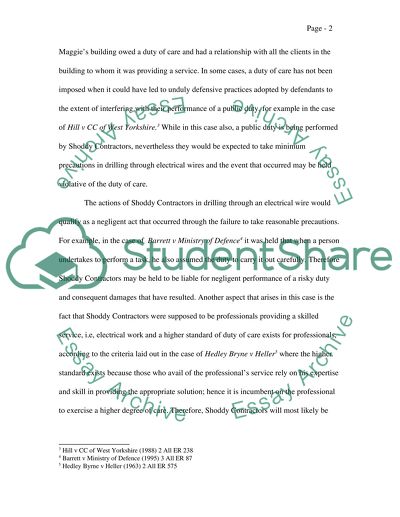Cite this document
(The Tort of Negligence Case Study Example | Topics and Well Written Essays - 1750 words - 2, n.d.)
The Tort of Negligence Case Study Example | Topics and Well Written Essays - 1750 words - 2. Retrieved from https://studentshare.org/law/1541884-tort-law
The Tort of Negligence Case Study Example | Topics and Well Written Essays - 1750 words - 2. Retrieved from https://studentshare.org/law/1541884-tort-law
(The Tort of Negligence Case Study Example | Topics and Well Written Essays - 1750 Words - 2)
The Tort of Negligence Case Study Example | Topics and Well Written Essays - 1750 Words - 2. https://studentshare.org/law/1541884-tort-law.
The Tort of Negligence Case Study Example | Topics and Well Written Essays - 1750 Words - 2. https://studentshare.org/law/1541884-tort-law.
“The Tort of Negligence Case Study Example | Topics and Well Written Essays - 1750 Words - 2”. https://studentshare.org/law/1541884-tort-law.


